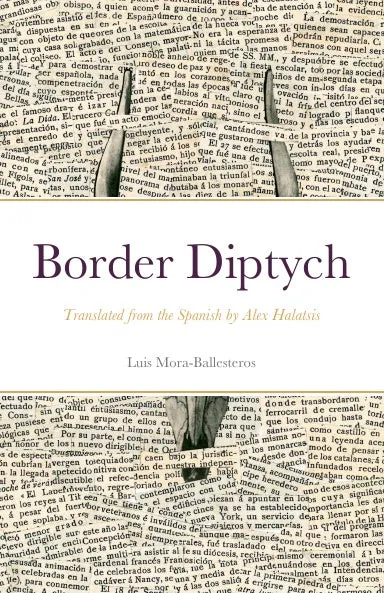TranslatorÕs Note
ÒPerhaps Schopenhauer was right: I am all other men, any man is all men, Shakespeare is in some manner the miserable John Vincent Moon.Ó
By opening his debut novel with these lines borrowed from Borges, Venezuelan author Luis Mora-Ballesteros foretells the central concern of his literary project: representing the universal in the particular. Here, the particular in question is the writerÕs own T‡chira State, in the rural borderland that straddles Venezuela and Colombia. In its portrayal of this place and its people MoraÕs work exemplifies the defining themes of the twenty-first century: migration, assimilation, and the creation of new collective identities.
Diptych is a term borrowed from visual art that refers to a symmetrical composition laid out on two panels side by side; Diptych of the Border is likewise symmetrically composed. It weaves together stories of migrant families who for decades have fled endemic violence in Colombia to settle in an overlooked region of Venezuela, forming a hybrid identity unique to the area. Later in the novel, in the 2010s, we meet migrants escaping VenezuelaÕs current economic disaster, moving in the other direction to form a new diasporic community in Colombia. Diptych attempts to show how such collective identities are constructed. In the following excerpt from the novelÕs opening pages, we see a mosaic of images: new surroundings that provoke a sense of difference (ÒthereÕs no sea hereÉÓ), snapshots of the violence that drives people away (Òthe march of balaclavas and riflesÉÓ), the conditions on the ranches and sugar plantations where some will end up as migrant workers, and countless small details that lend the text an authentic sense of place.
The narrative moves loosely through space and time; events usually hinge around a shifting, expansive present tense. We meet a character and are promptly told what will happen to them months or years in the future; later in the novel we encounter them at another time and in changed circumstances, without entirely knowing what happened in between. This nonlinear temporality is characteristic of MoraÕs writing and suggestive of how trauma flattens time and distorts memory. The central plot of the novel concerns a journalist, Juan çngel, who has traveled to the borderland to write a story on a mysterious guerilla leader.
Alex Halatsis

 Cart(
Cart(










